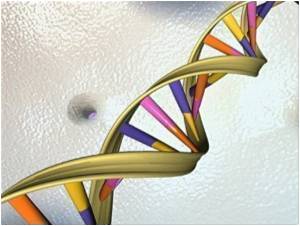
"These data provide critical insight into the mechanism behind the development of the cognitive and social changes associated with autism," said Joseph Buxbaum, Director of the Seaver Autism Center.
Previous research has shown that gene mutation in SHANK3 is associated with delayed language abilities, learning disability, and ASDs.
The researcher team wanted to better understand the connection between the SHANK3 mutation and subsequent brain and behavioral difficulties.
They examined mice genetically engineered to lack one copy of SHANK3, similar to patients who have a mutation in one copy of SHANK3, and compared the nerve cell activity of these mice with that of mice in a control group that did not have the mutation.
The research team observed impaired communication between nerve cells in the mice with the SHANK3 mutation.
Advertisement
Behavioral observations indicated reduced male-female social interactions in the SHANK3 mutant mice. The studies identify clear brain targets that can implicate drugs that can be therapeutic.
Advertisement
Source-ANI










